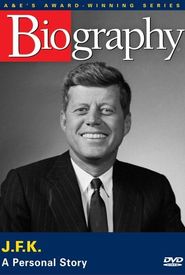John Glenn, a distinguished individual, began his illustrious career as an Officer of the United States Marine Corps, holding the esteemed rank of Major, prior to being handpicked to join the prestigious Mercury 7 program.
Throughout his remarkable tenure, Glenn was bestowed the honor of receiving an impressive five Distinguished Flying Crosses, a testament to his unwavering dedication and exceptional piloting skills.
In the late 1950s, Glenn made history by setting record-breaking Coast to Coast flights, cementing his status as a trailblazing aviator.
In a nod to his storied career, Glenn affectionately named his spacecraft, the Friendship 7, which is now proudly on display at the renowned Smithsonian Institute Air and Space museum. Interestingly, the capsule is situated directly underneath Chuck Yeager's iconic "Glamorous Glennis" Bell X-1, a poignant reminder of the rich history and heritage of American aviation.





















